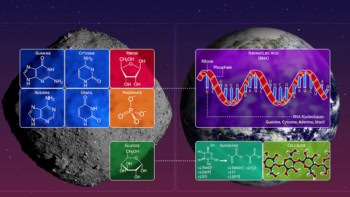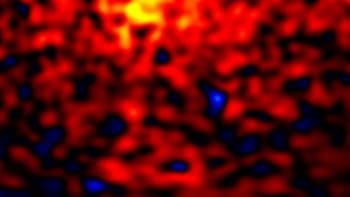Physicists have moved a step closer to solving one of the biggest mysteries in solar physics: why is the solar corona - the layer above the visible surface of the Sun - so much hotter than the surface itself. Researchers from the University of St Andrews in Scotland, the NASA Goddard Space Flight Center in the US and the Harvard-Smithsonian Center for Astrophysics, also in the US, studied the Sun with the TRACE spacecraft. Their results suggest that the viscosity of the plasma within the corona is responsible for its high temperature (Science 285 862).
The solar corona reaches temperatures of 1 million degrees Kelvin, while the Sun’s surface – the photosphere – is only 6000 Kelvin. The researchers used the UV camera on TRACE to create a movie of coronal loops. These are extremely hot magnetic loops that trap the solar plasma into pipe-like forms. Any solar flares near the loops create a series of magnetic pulses that oscillate through the loop. The team noticed that these oscillations decrease rapidly over a short period of time. Previously it was believed that the oscillations would last weeks. This suggests that the internal friction in the corona is hundreds of millions of times greater than expected.
“We thought magnetic energy could be used to heat the corona, but our old theory of a low viscosity corona made the process so inefficient that we could not see how it was done” said Leon Ofman one of the scientists working at Goddard. According to the new calculations, the magnetic energy is being drained from the pulse and absorbed by the plasma, creating the high temperatures seen in the corona.



